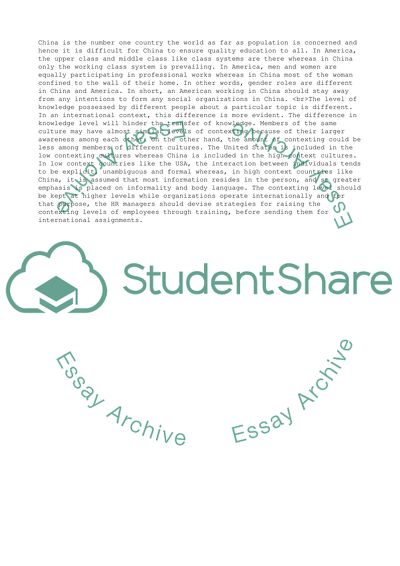Cite this document
(Business Information System in Tesco Case Study - 1, n.d.)
Business Information System in Tesco Case Study - 1. Retrieved from https://studentshare.org/business/1749821-implications-of-implementing-a-company-wide-business-information-system-erp-in-tesco
Business Information System in Tesco Case Study - 1. Retrieved from https://studentshare.org/business/1749821-implications-of-implementing-a-company-wide-business-information-system-erp-in-tesco
(Business Information System in Tesco Case Study - 1)
Business Information System in Tesco Case Study - 1. https://studentshare.org/business/1749821-implications-of-implementing-a-company-wide-business-information-system-erp-in-tesco.
Business Information System in Tesco Case Study - 1. https://studentshare.org/business/1749821-implications-of-implementing-a-company-wide-business-information-system-erp-in-tesco.
“Business Information System in Tesco Case Study - 1”, n.d. https://studentshare.org/business/1749821-implications-of-implementing-a-company-wide-business-information-system-erp-in-tesco.


